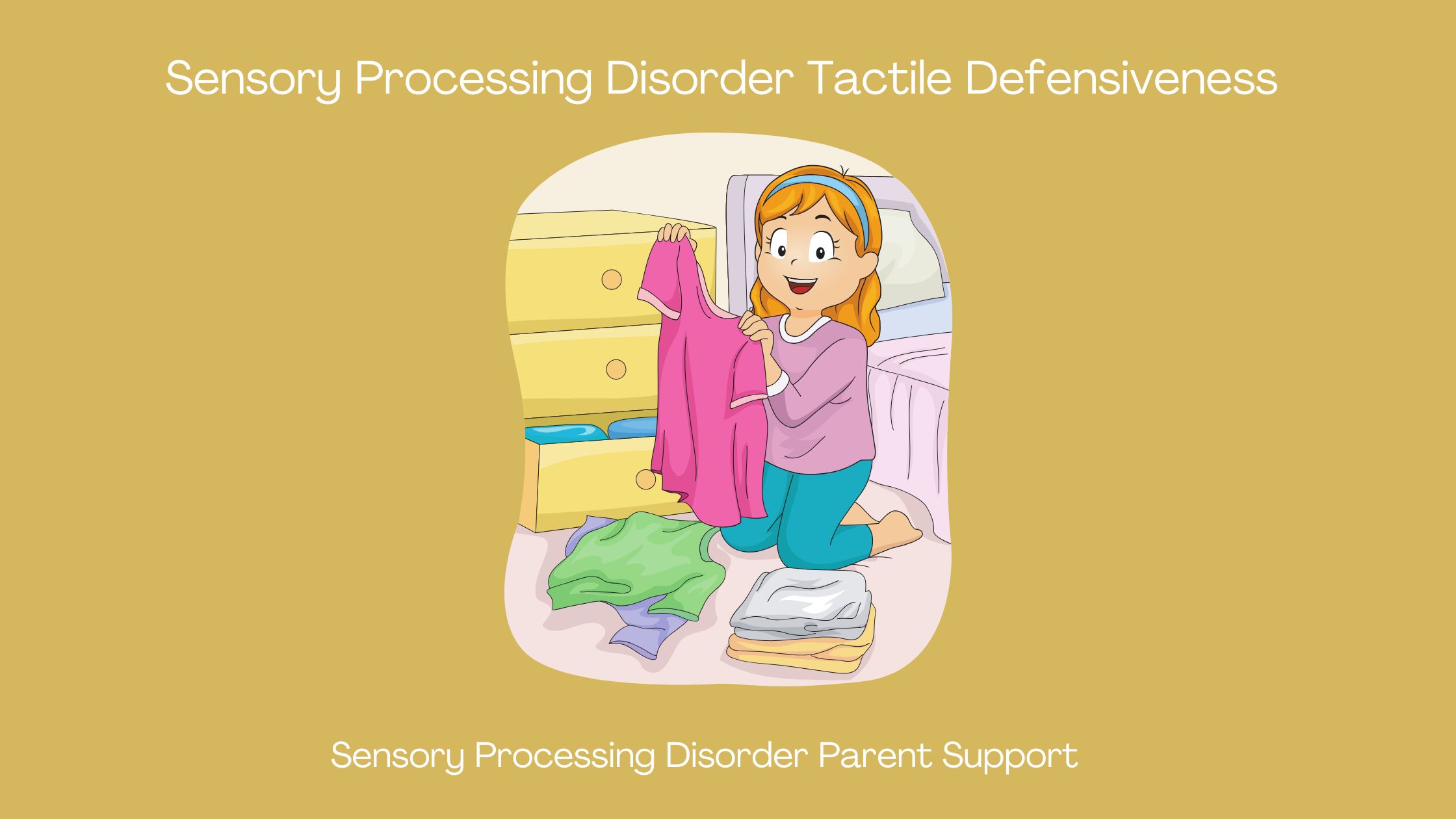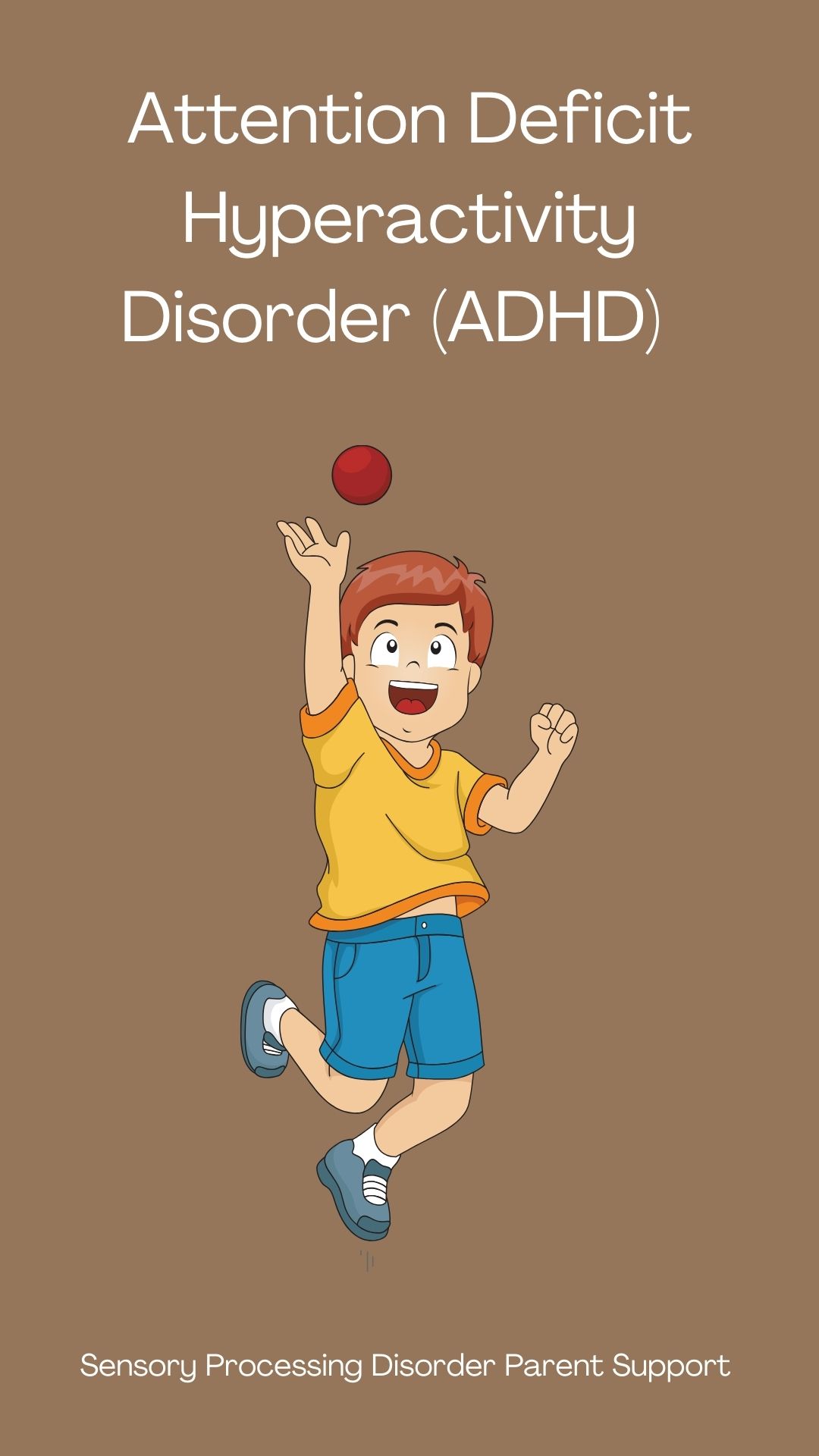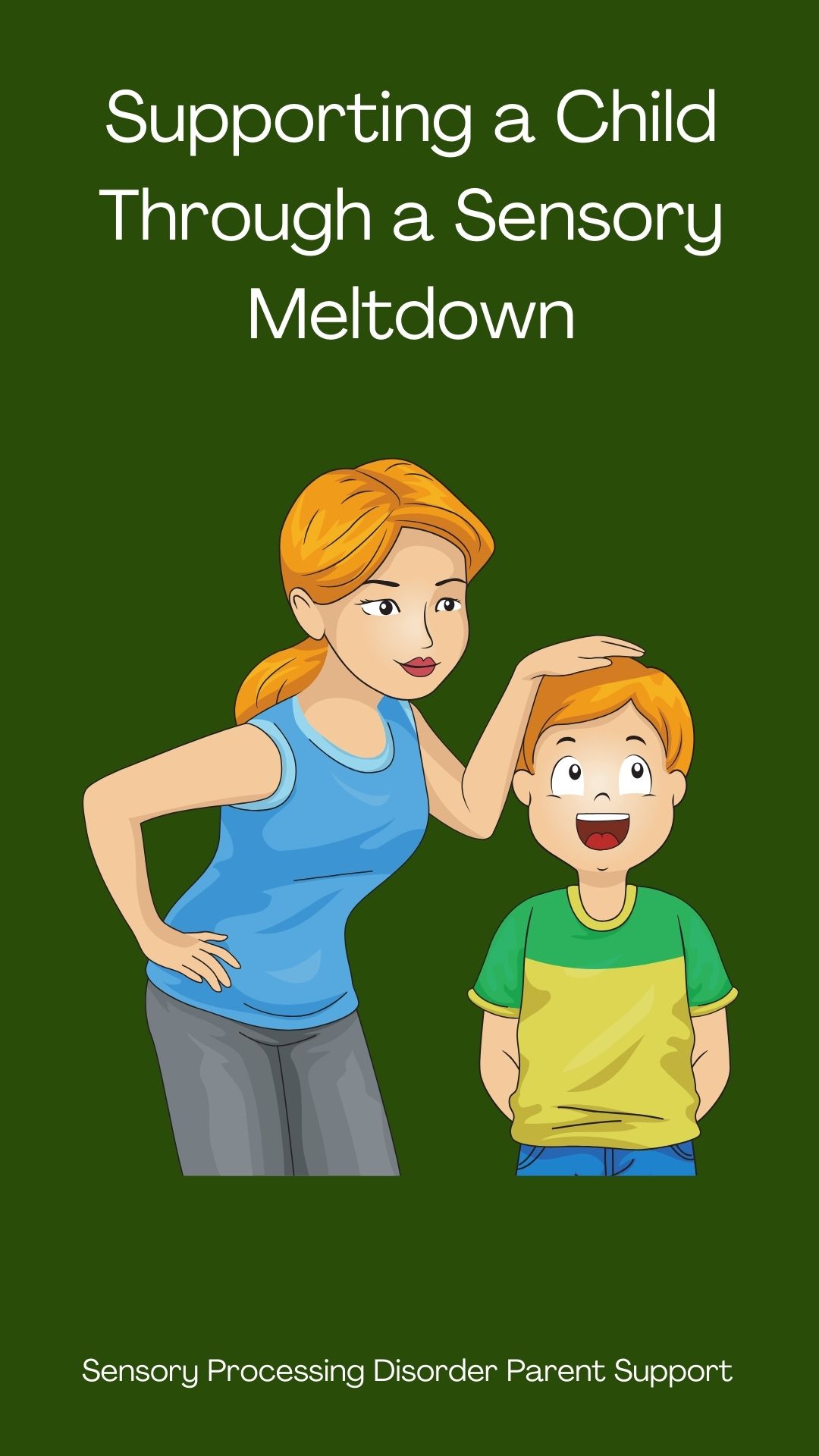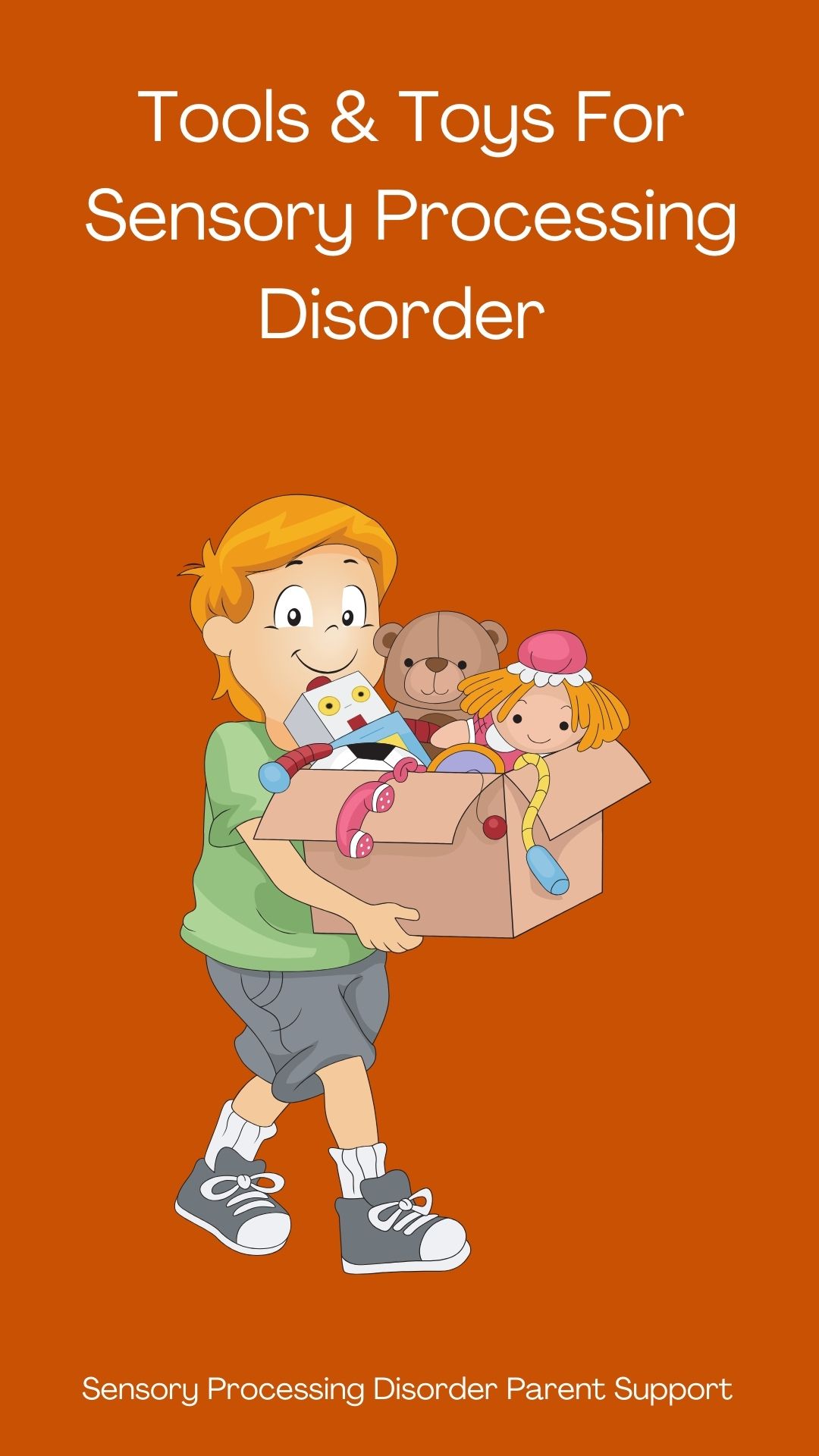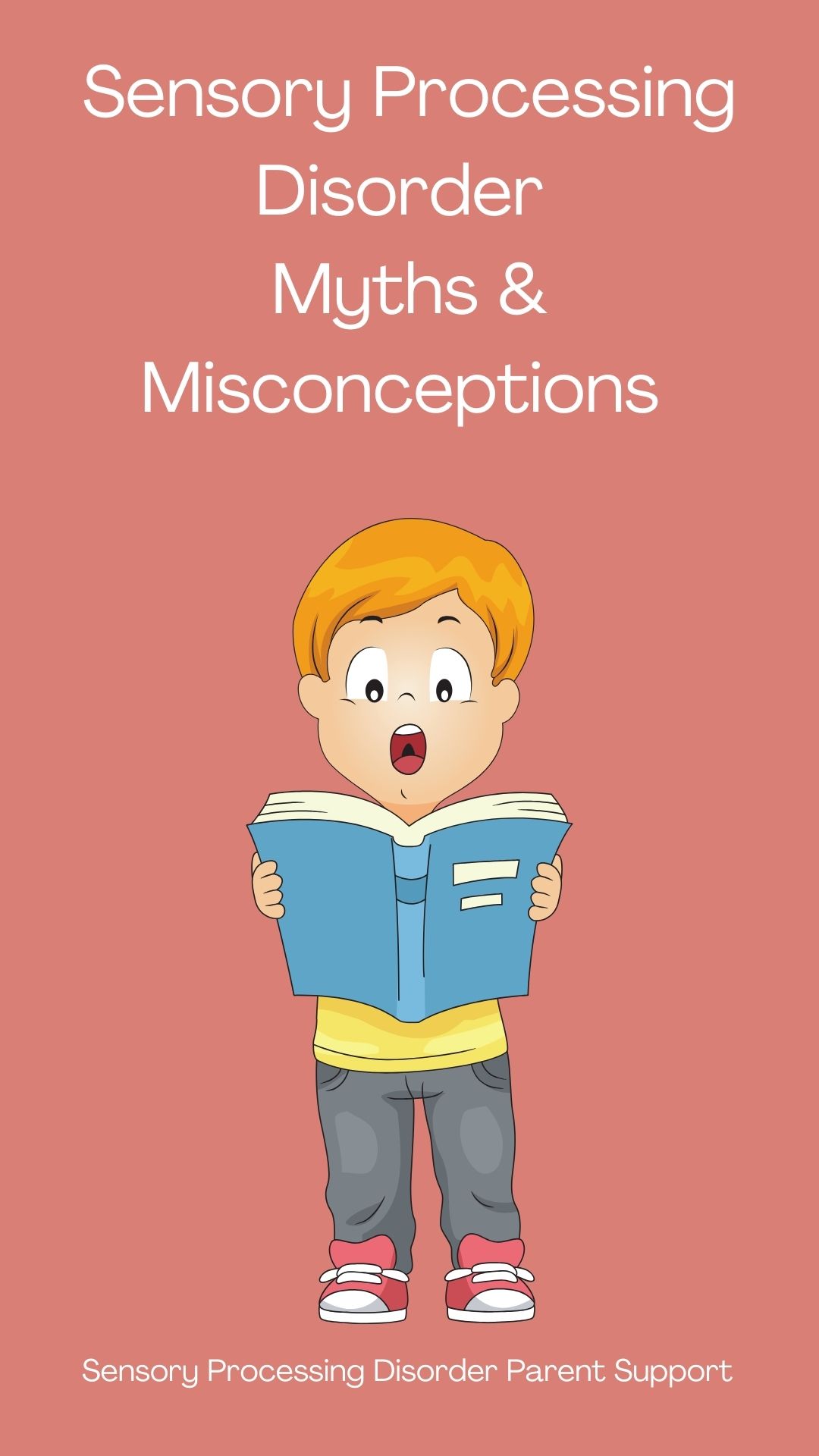
Sensory Processing Disorder Parent Support
Sensory Processing Disorder Tactile Defensiveness
Children with sensory differences ... painting the world beautiful.
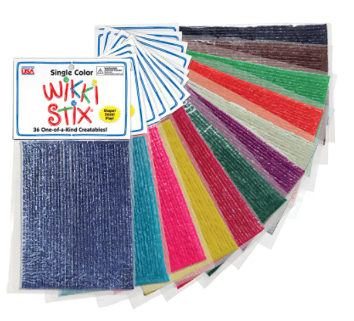
Wikki Stix
Single Color Tactile Sensory Activity
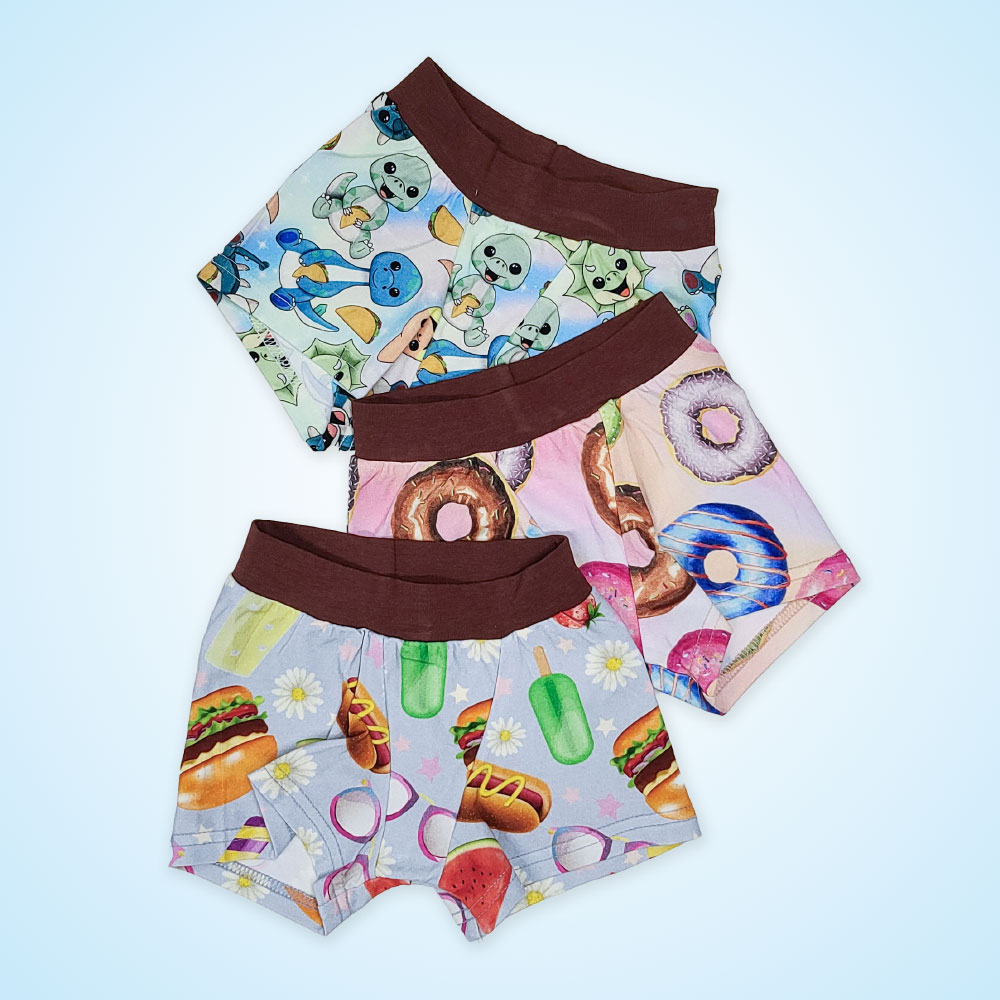
WunderUndies
Children's Sensory Friendly Boxer Briefs
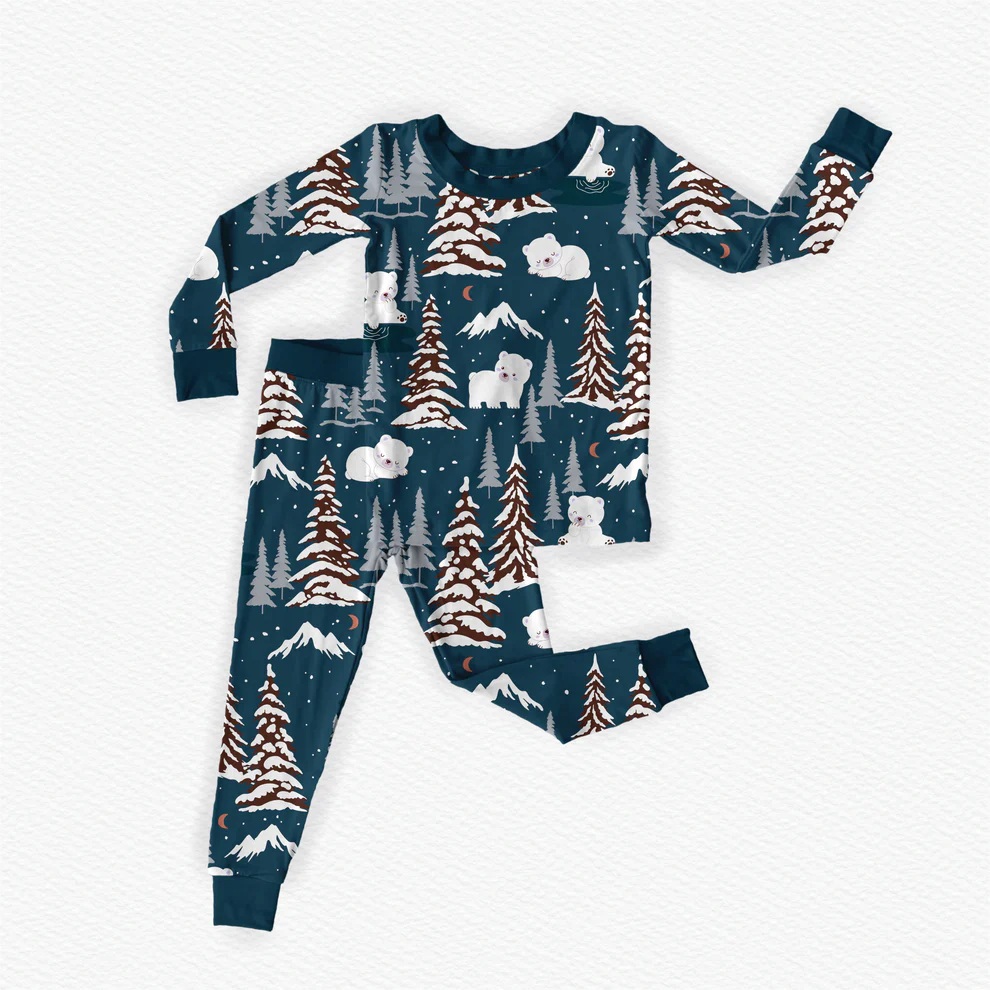
Penny's Pixies
Water Beads Sensory Bins Tactile Sensory Play
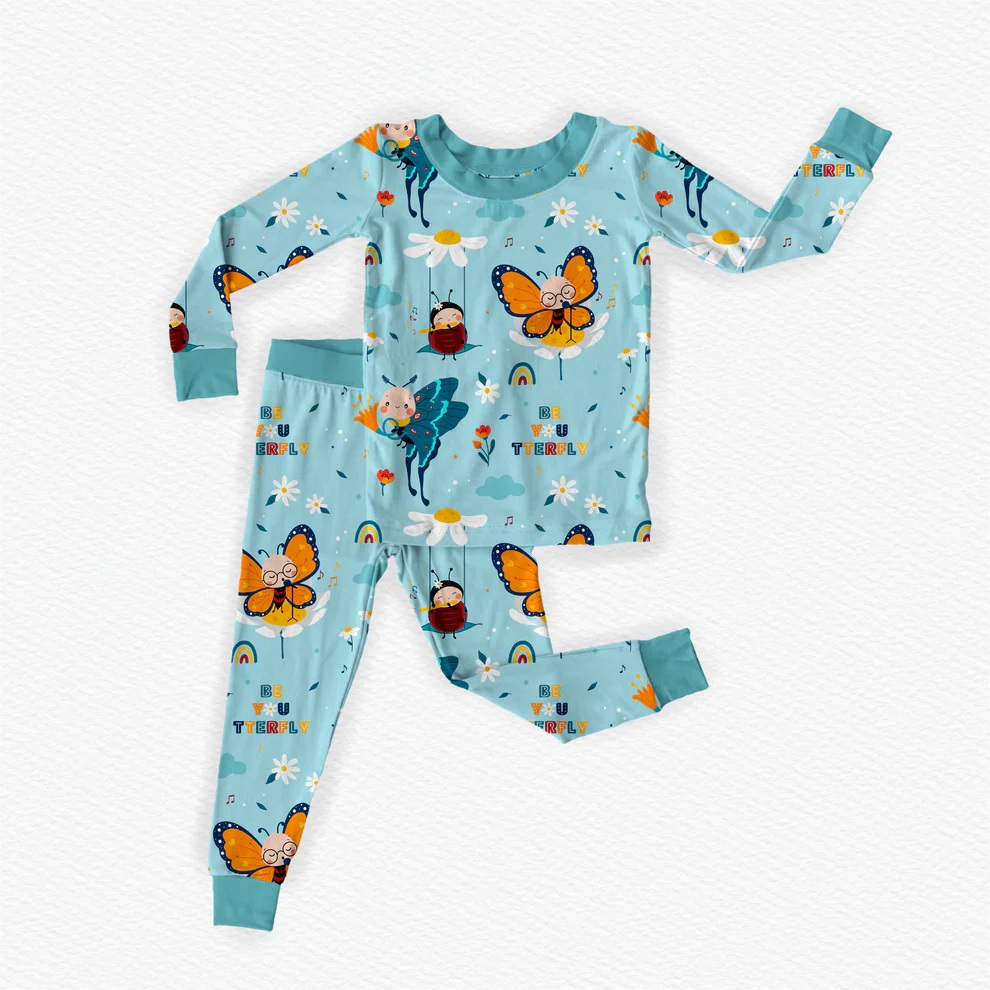
Penny's Pixies
Bodhi the Butterfly Blue Kids Sensory Pajamas
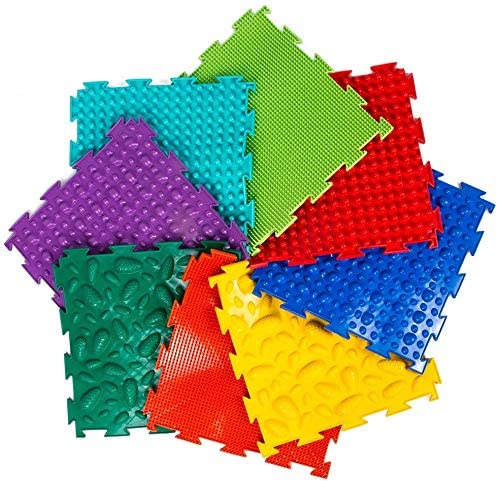
Amazon
Kids Sensory Mat Set of Massage Game Mats
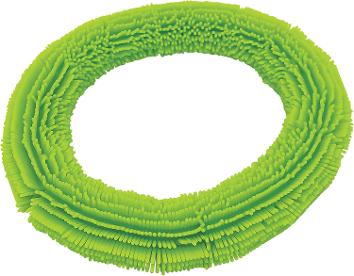
Amazon
Twistle Sensory Tactile Squish Lime Fidget
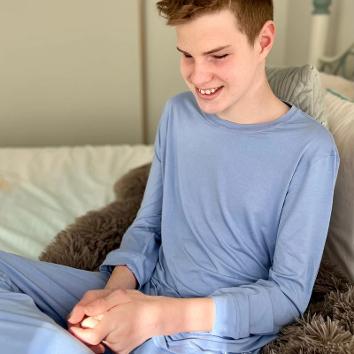
Comfort On The Spectrum
Sensory Friendly Classic Long Pajamas Set
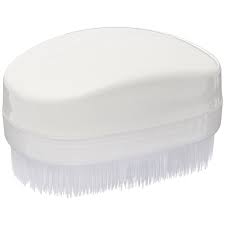
Amazon
Therapressure Wilbarger Therapy Brush Pack
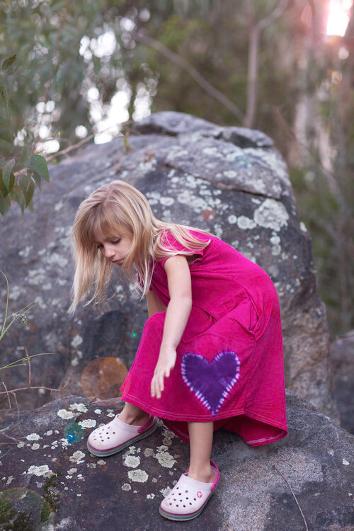
Mazi + Mom
Sensory Friendly Dresses Fuschia Fun Dress
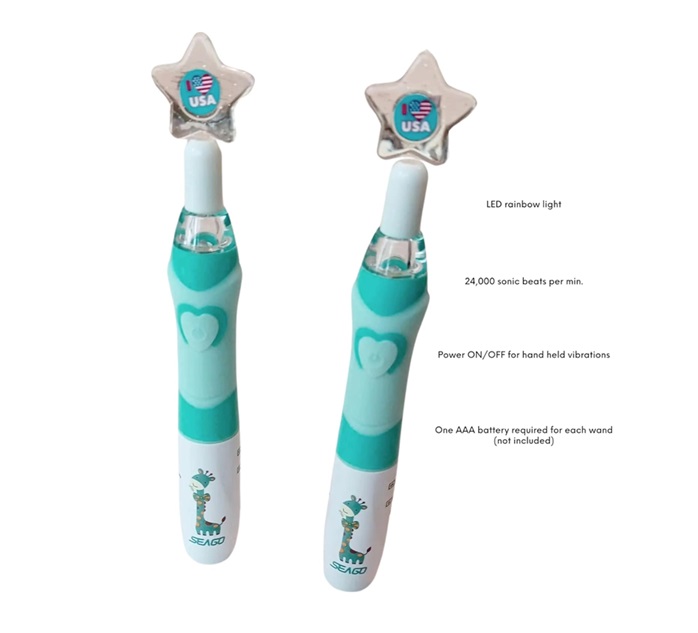
Sensory Calming Wands
Calming Vibration Self Regulation Tool
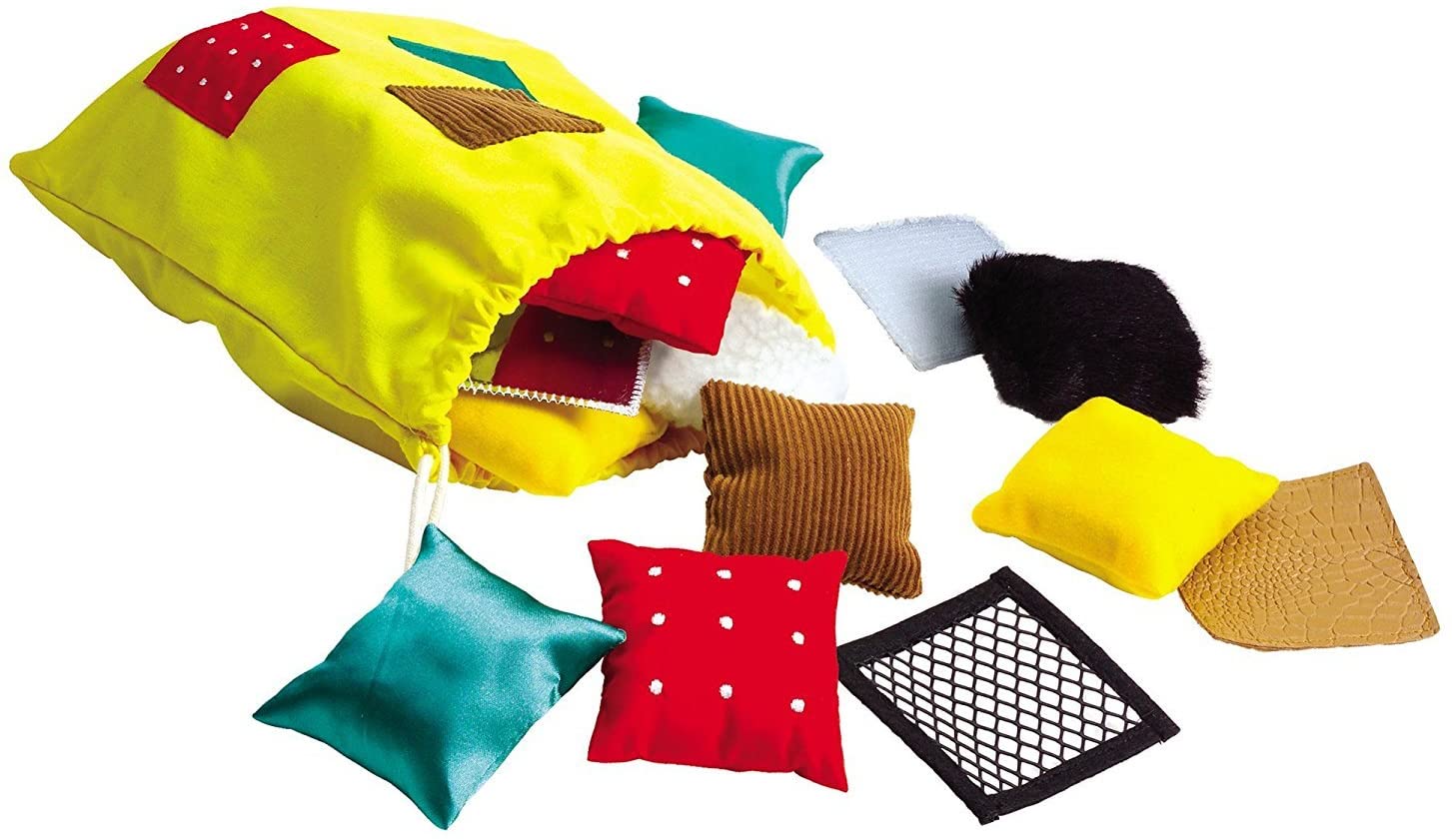
Amazon
Touchables Textured Tactile Beanbags
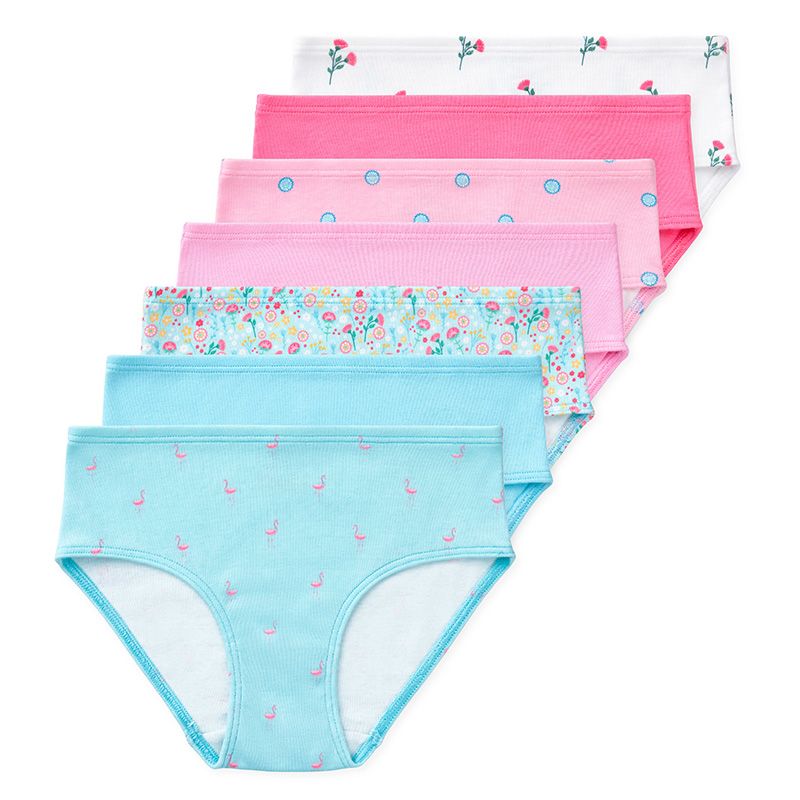
Lucky & Me
Gracie Girls Organic Cotton Briefs
